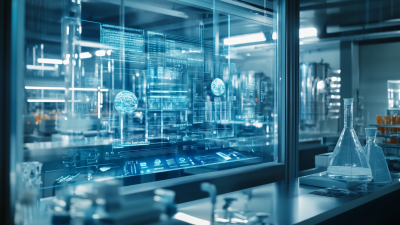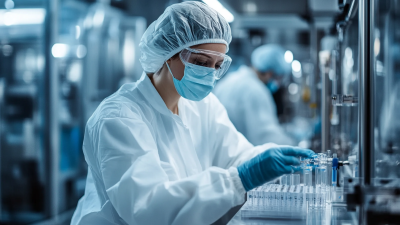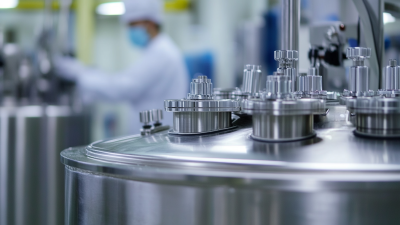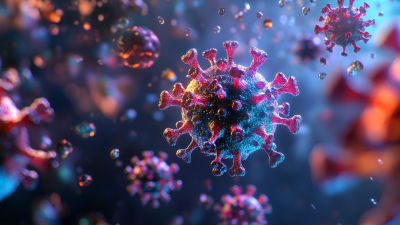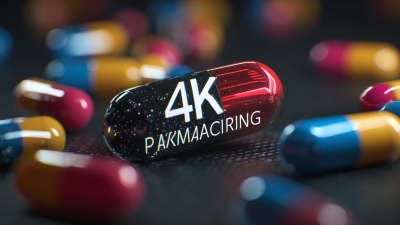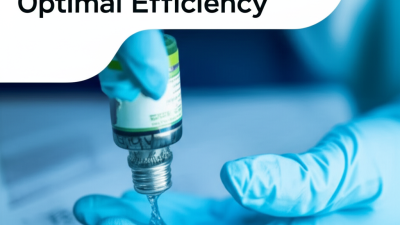The Vaccine Manufacturing Process is a complex and highly regulated endeavor that plays a crucial role in public health worldwide. According to the World Health Organization (WHO), vaccines are estimated to prevent 2-3 million deaths each year, underscoring the importance of effective production methods. The vaccine market is projected to reach $61.2 billion by 2025, driven by the increasing incidence of infectious diseases and growing demand for immunization programs.
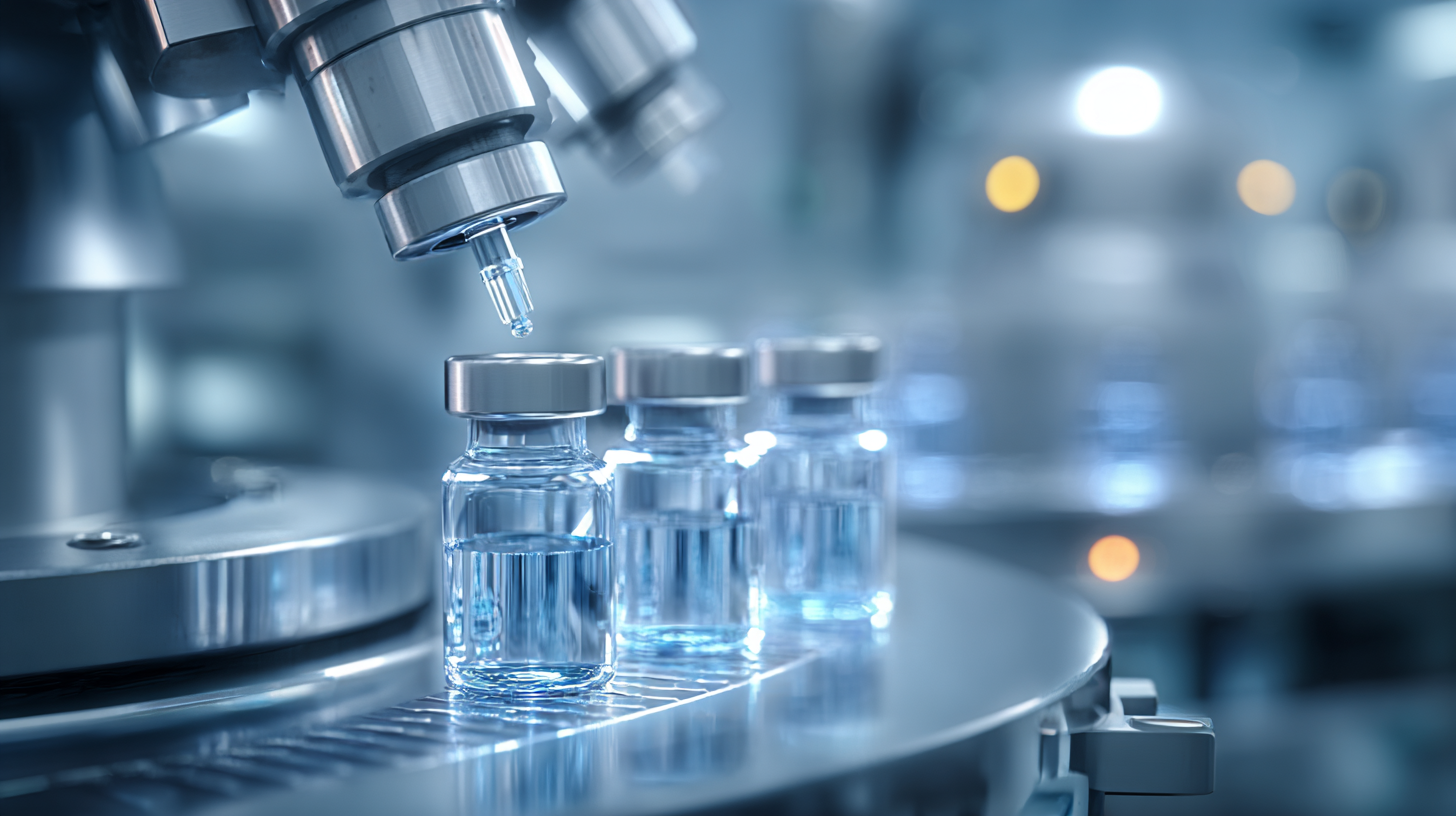
Understanding the distinct phases of the vaccine manufacturing process—ranging from research and development to quality control and distribution—is fundamental for ensuring the safety and efficacy of vaccines. This guide delves into the key components and stages of this vital process, highlighting the challenges and technological advancements that shape the future of vaccine production.
The vaccine manufacturing process is a complex and multi-faceted journey that involves several key phases, each aimed at ensuring safety and efficacy. From the initial stages of vaccine design and preclinical testing to production and regulatory approval, understanding these phases is critical for stakeholders in the biotech industry. Recent advancements highlight the significance of process analytical technology (PAT) tools, which allow for real-time monitoring of live virus vaccines during production, enhancing both efficiency and safety.
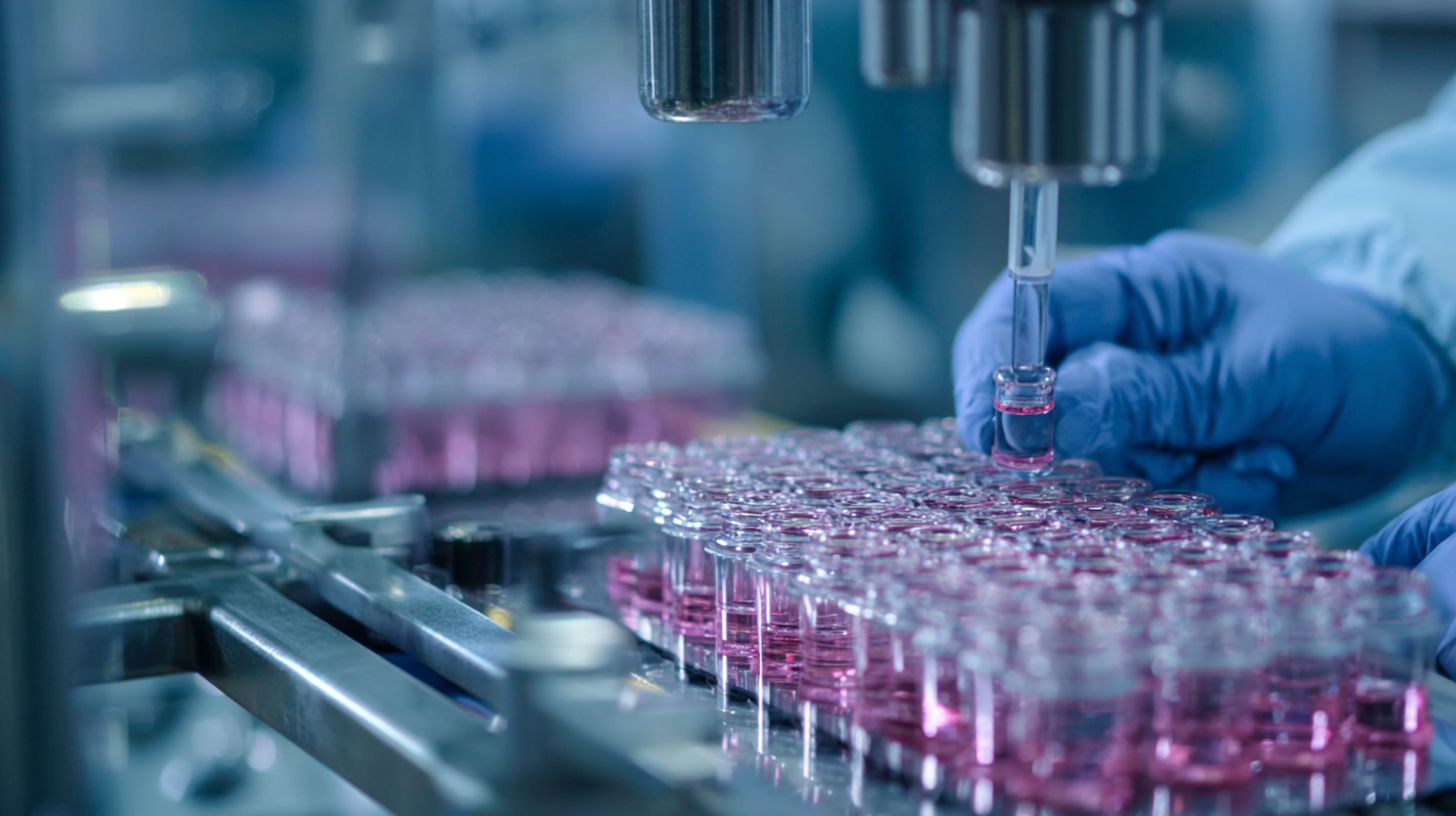
Tips for optimizing the manufacturing process include adopting Quality by Design (QbD) principles, which emphasize systematic planning to alleviate potential risks in vaccine development. Companies should also invest in innovative technologies, such as DNA vaccines, which promise higher customization and rapid production. This approach not only addresses diverse health needs but also caters to emerging infectious diseases, showcasing adaptability in vaccine strategies.
Moreover, collaboration within the industry can facilitate knowledge sharing and enhance manufacturing capabilities, particularly in regions with vaccine production deficits. By harnessing local expertise and resources, significant strides can be made towards sustainable vaccine production, ultimately benefiting global health outcomes.
The vaccine development process is complex, involving several key phases that transition from research to production. Construction has recently begun on Brazil's new National Vaccine Center in Belo Horizonte, which reflects a commitment to advancing vaccine innovation from conception through animal testing and into phase 1 human trials. These initial phases are crucial, as they lay the groundwork for understanding potential vaccine efficacy and safety, elements that have been underscored in the rapid development of COVID-19 vaccines.
During the COVID-19 pandemic, the urgency of vaccine development prompted unprecedented collaboration across sectors. Researchers demonstrated that combining prior knowledge and existing partnerships could significantly enhance R&D performance. This shift towards agile methodologies and innovation has the potential to redefine industry norms, leading to faster development timelines without compromising safety. Notably, advancements in vaccine production technologies have emerged in the past decade, ensuring scalability and addressing complexities inherent in the manufacturing process. For instance, clinical data has highlighted the durability and temperature stability of new vaccine technologies, setting a benchmark for future developments. These trends illustrate a dynamic landscape where past experiences are being leveraged to enhance future vaccine production efforts.
| Phase | Description | Duration (Months) | Activities |
|---|---|---|---|
| Research | Initial discovery and preclinical evaluation of vaccine candidates. | 12-36 | Laboratory studies, animal testing, formulation development |
| Clinical Trials | Conducted in three phases to assess safety and efficacy in humans. | 18-60 | Phase I, II, III trials, data collection, safety monitoring |
| Regulatory Review | Submission of data for regulatory approval by health authorities. | 6-12 | Preparation of dossier, inspections, public review |
| Manufacturing | Production of vaccine at commercial scale in compliance with regulations. | 12-24 | Bulk production, quality control, packaging |
| Distribution | Logistical efforts to get the vaccine to healthcare providers. | 3-6 | Cold chain management, inventory control, delivery |
The formulation and characterization of vaccines are critical steps in the vaccine manufacturing process, influencing both efficacy and safety. Essential components of vaccine formulation include antigens, adjuvants, stabilizers, and preservatives. Antigens are the primary ingredient that incites an immune response; for instance, an average vaccine can contain antigen concentrations ranging from 1 to 100 µg per dose, depending on the specific pathogen and the required immune response. Adjuvants enhance this response, with alum being commonly used; studies show that adjuvanted vaccines can improve antibody responses by two to three times compared to non-adjuvanted formulations.
Characterization of the vaccine involves assessing its physical, chemical, and biological properties. Techniques such as high-performance liquid chromatography (HPLC) and mass spectrometry play vital roles in ensuring consistent quality across batches. Recent reports indicate that approximately 20% of vaccine development efforts focus specifically on formulation studies, as this phase can affect both immunogenicity and stability over the vaccine's shelf life.
**Tip:** When developing vaccines, prioritize stability studies early in the formulation phase, as environmental factors like temperature and light exposure can significantly impact the vaccine’s efficacy. Additionally, ensure a proper balance between efficacy and safety by conducting thorough post-formulation stability tests.
Quality control and assurance are paramount in the vaccine manufacturing process, ensuring that every product is both safe and effective for public use. The journey begins with stringent testing of raw materials to confirm their integrity and purity before they even enter the production line. Each batch undergoes thorough evaluations, utilizing a variety of techniques such as chromatography and mass spectrometry. These methods not only identify the components of the vaccine but also detect any potential contaminants that could compromise patient safety.
Once the production phase is complete, vaccines are subjected to rigorous quality assurance protocols. This includes stability testing to evaluate how the vaccine's efficacy might change over time under different storage conditions. Furthermore, lot release testing serves as the final checkpoint, where each batch is meticulously reviewed against pre-defined specifications. Only once a batch meets all quality control benchmarks is it approved for distribution. In this way, quality assurance acts as a guardian of public health, ensuring that every vaccine administered performs as intended, thereby fostering trust in vaccination programs globally.
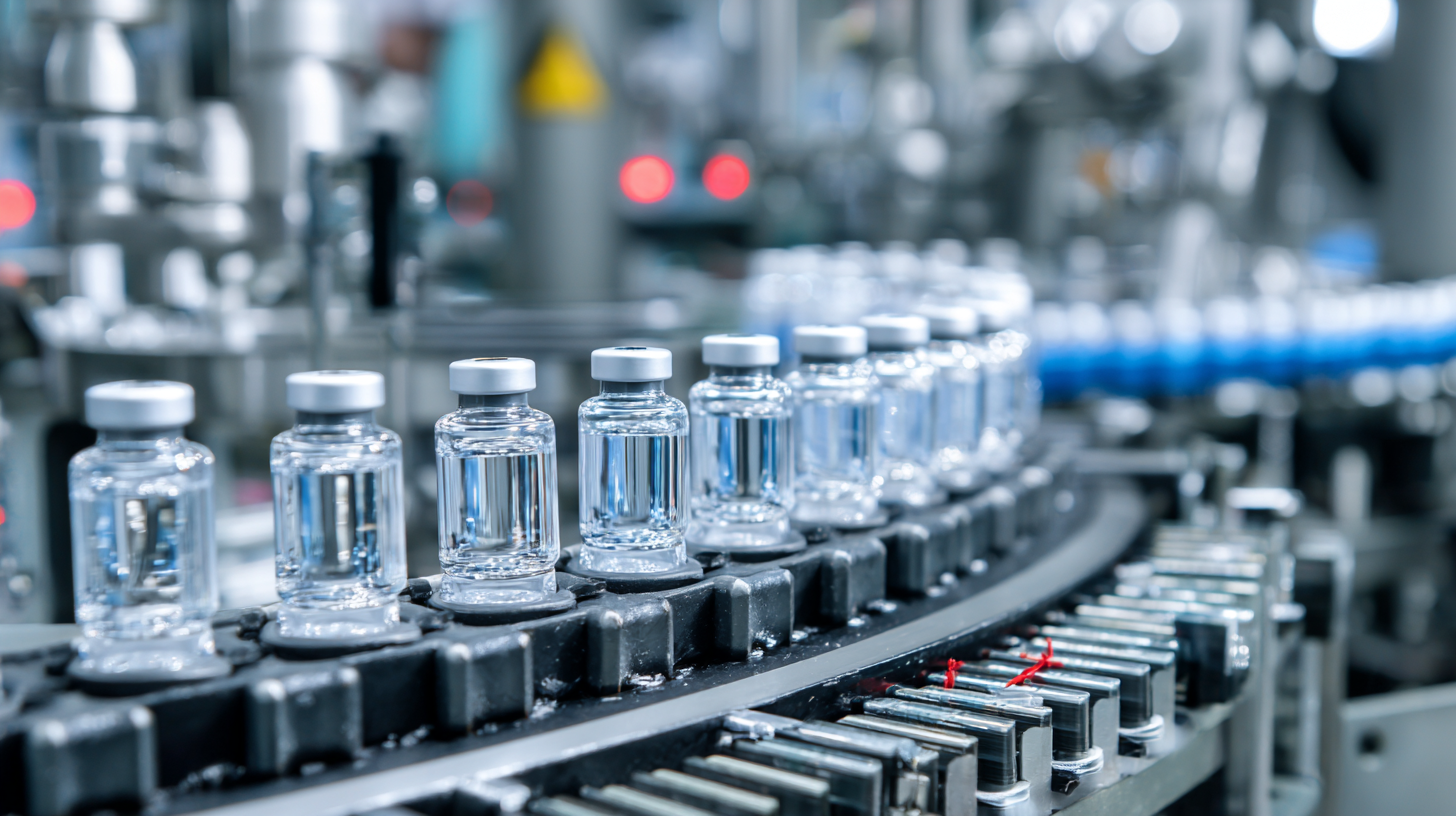
In the landscape of vaccine manufacturing, regulatory considerations are paramount, especially in the wake of the COVID-19 pandemic. The rigorous regulatory frameworks established by authorities like the FDA and EMA ensure that vaccines produced for public use are both safe and effective. For instance, the recent recommendation from the European Medicines Agency for a new COVID-19 booster vaccine underscores the ongoing assessment and approval processes that are critical for maintaining public trust in vaccination programs.
Moreover, discussions around strengthening the regulatory frameworks in regions like Africa highlight a pivotal step towards enhancing local vaccine manufacturing capabilities. With the objective of achieving 60% of vaccines produced on the continent by 2040, regulatory reforms are essential. These changes can facilitate easier pathways for local manufacturers to obtain necessary approvals, which in turn can increase vaccine accessibility for communities in low- and middle-income countries. The collaboration between manufacturers and regulatory bodies is vital in addressing both current challenges and future needs within the global health landscape.
This bar chart illustrates the key phases of the vaccine manufacturing process along with the estimated time taken in months for each phase. Understanding these phases is crucial for regulatory considerations in vaccine production and approval.
